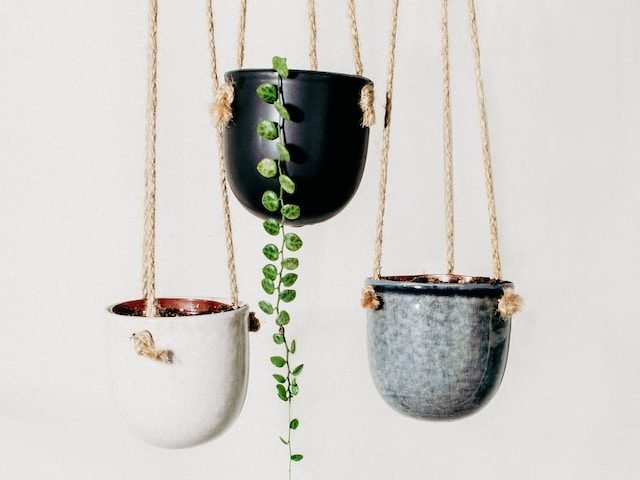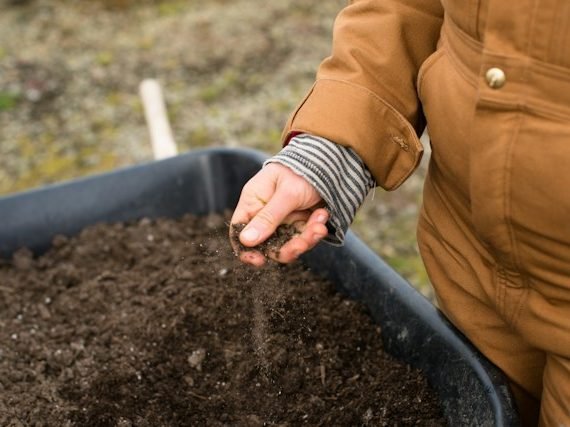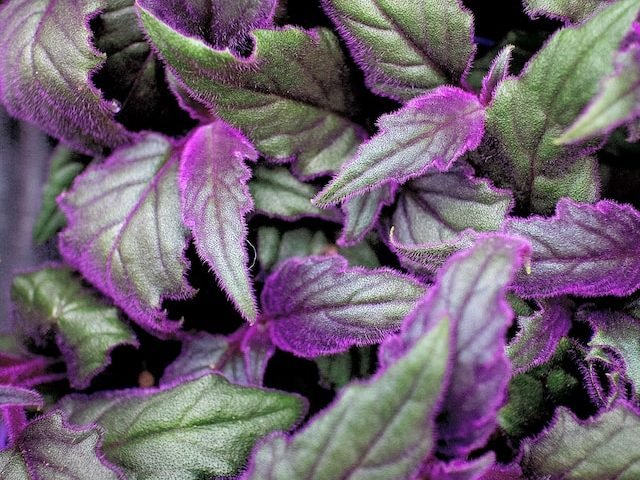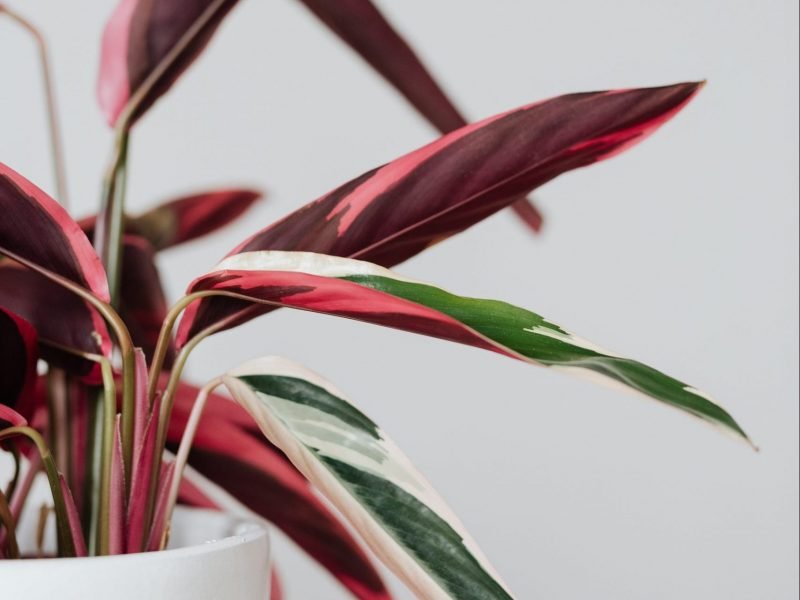
Whether your Rubber Plant is variegated or has deep solid green leaves, if you notice yellow patches or spots on the leaves, or if an entire leaf has turned yellow, this is often not a good sign. It’s important that you figure out exactly what is causing the yellowing on your Rubber Plant as some of the issues can escalate quickly and might mean you are unable to bring your Rubber Plant back to full health.
Below we will go through each of the individual factors that can cause yellow leaves o
Natural ageing can cause some yellowing
Before we get onto the more worrying causes, it’s good to first see if natural ageing is the cause of the yellow leaves on your Rubber Plant. Like most other houseplants, Rubber Plants will occasionally drop their oldest, lowest leaves in favour of producing new healthy (and often bigger) growth. These leaves will turn a solid yellow colour before falling off the plant. It is totally normal for this to be happening and isn’t because of anything you are doing wrong.
To see whether or not natural ageing is the cause of the yellow leaves on your Rubber Plant, monitor the rate of yellowing and give your plant a full check over to see if there are any other signs of unhappiness. If the rate of yellowing is less than the rate of new healthy growth and is about only 1-2 leaves every few months, then it could simply be the ageing process. If there are no other signs of unhappiness, then this also points towards natural ageing.
Too much water is often a cause of yellow leaves
Yellow Rubber Plant leaves can also be a consequence of overwatering. It’s one of the main killers of Rubber Plants as a lot of the damage is caused in the potting mix, which means you can’t easily see until the problem has progressed quite far.
Rubber Plants don’t like to be sitting in a lot of water for long periods of time and prefer their potting mix to be relatively dry. Overwatering your Rubber Plant can lead to root rot meaning the plant becomes unstable and also cannot get needed nutrients from its root system.
To check whether the cause of the yellow leaves on your Rubber Plant is overwatering, check the moisture of the soil immediately and adjust your watering schedule accordingly. The most reliable way to know if your Rubber Plant needs watering is by using a moisture meter. We also recommend replacing the potting soil straight away (rather than waiting for it to naturally dry out) so that the roots can begin to recover. Always use a high-quality potting mix when replacing the soil as this ensures your Rubber Plant is getting the right balance of nutrients.
To encourage new healthy growth, trim off any rotten roots and dead yellow leaves so that your Rubber Plant doesn’t waste any energy on them.
Low Temperatures can be another cause of yellow leaves
Another cause of yellowing leaves in Rubber Plants is cold temperatures, in particular cold drafts. Native to Asia, Rubber Plants really dislike cold air so it is important that you put your plant in the warmest room in the house over winter. During summer, make sure that your Rubber Plant isn’t placed near any AC vents as this constant stream of cold air can over time really harm your Rubber Plant, causing yellow leaves amongst other issues such as stunted growth and drooping stems.
Another important thing to avoid is placing your Rubber Plant near doors or windows that are drafty. Even though the temperature of your home may be perfect for your Rubber Plants, the drafts coming in from outside may be colder and harm your plant’s health. You can always pick up a digital thermometer to check the temperatures across your home if you are unsure.
Pests are a rarer cause of yellow leaves
Whilst rarer than some of the other factors we have outlined above, your Rubber Plant’s leaves may be turning yellow due to a pest infestation. This is more common if you keep your Rubber Plant outside for part of the year, but can still happen to inside plants, unfortunately.
Insects like spider mites can find a home on your Rubber Plant and suck the nutrients from the leaves, causing yellow spots and patches across the leaves.
To spot pests, get up close to your plants using a magnifying glass and inspect the tops and undersides of the leaves to see if you can spot any insects.
If you have established that the yellow leaves on your Rubber Plant are caused by pests, there are a few ways to treat the infestation, including showering, neem oil and insecticide sprays.
Those are the most common factors that cause yellow leaves, patches or spots on your Rubber Plant. We recommend going through each of them whilst inspecting the soil, leaves and overall health of your plant to give you the best chance at successfully diagnosing the issue. Once you are sure what is causing your Rubber Plant’s yellow leaves, act immediately to resolve the issue as the sooner you treat it, the better chance you have at reviving your plant.
To learn more about how to spot and treat other common problems, as well as how to best care for your plant, check out our Rubber Plant care guide.















